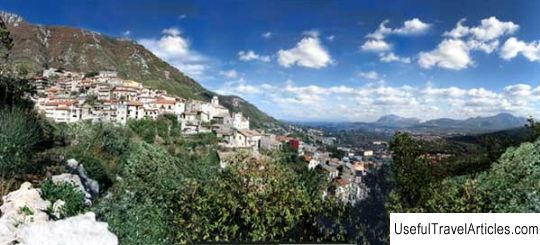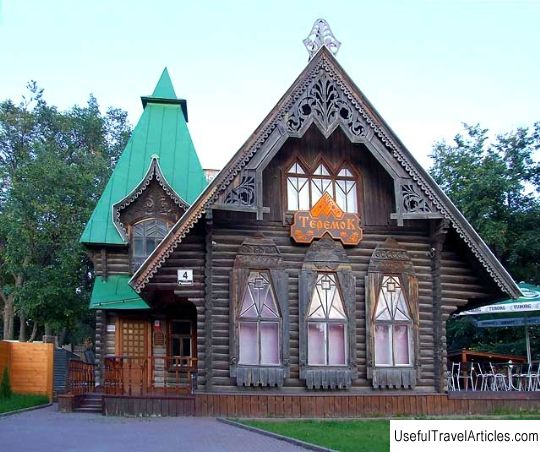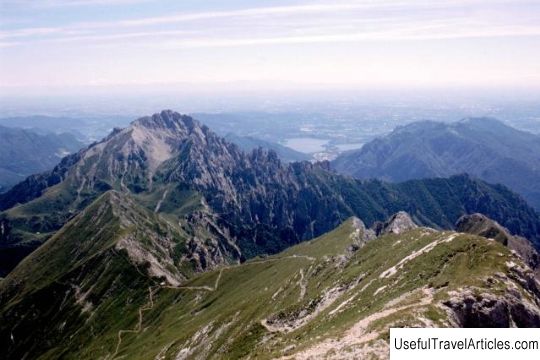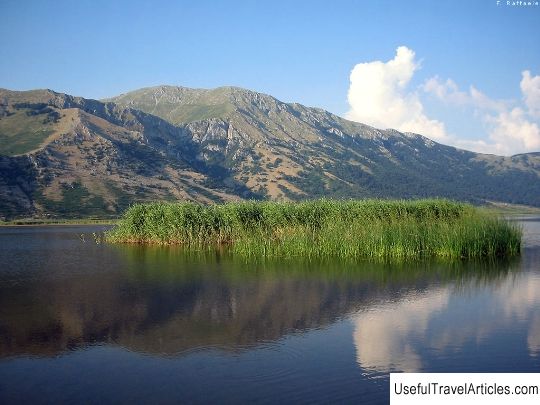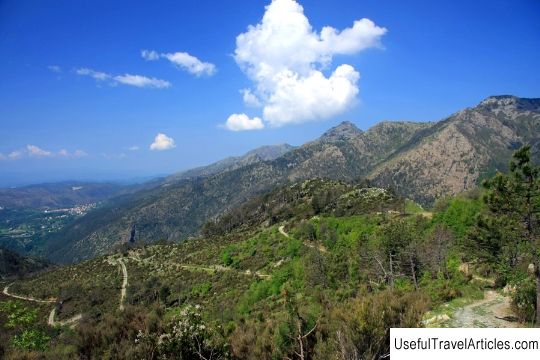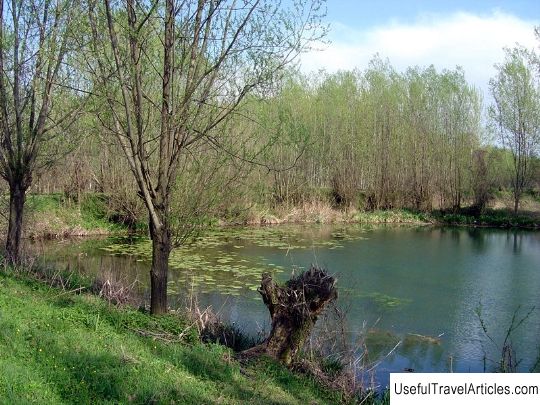Natural Park Partenio (Parco Regionale di Partenio) description and photos - Italy: Campania
Rating: 9,0/10 (5932 votes) Natural Park Partenio (Parco Regionale di Partenio) description and photos - Italy: Campania. Detailed information about the attraction. Description, photographs and a map showing the nearest significant objects. The title in English is Parco Regionale di Partenio. Photo and descriptionThe Partenio Natural Park is located in the heart of the Campania region of Italy. For a long time, this territory has been chosen by tourists who are attracted here by evergreen forests spread over mountain plateaus, and wonderful views of the Bay of Naples, the city of Avellino and the Noli plain, opening from the peaks of Montevergine, Vallatrone, Toppola Grande and Ciesco Alto. Partenio Park was created in 2002 on an area of 14 thousand hectares - on its territory there are 22 municipalities and the most beautiful valleys Valle Caudina, Valle del Sabato and Vallo di Lauro Bayanese. Its landscape is represented by the Partenio mountain range, the slopes of which are cut by deep gorges. Most of the park is covered with forest, but there are also treeless areas, meadows and pastures. The Partenio mountain range itself was formed about 3-4 million years ago, and the first inhabitants of these places were the indigenous Apennine tribes. Traces of the ancient Samnite civilization can still be seen in some localities. The Partenio mountain range stretches for 30 km from Monte Taburno in the northwest to the Picenta mountains in the southeast. The main peaks are Montevergine (1480 m), Monte Avella (1598 m) and Monte Ciesco Alto (1357 m). And the main river of the park is the Kalore, flowing in its northern part. There are also a number of other, smaller rivers and streams. The most beautiful waterfalls - Cascatelle and Aquapendente - deserve special attention. There are also numerous caves scattered throughout the park - at least 25 of them are known only on the slopes of Nola. Among the most interesting are Grotta degli Sportiglioni, Grotte di Camerelle, Grotte di San Michele Arcangelo, Grotte di Mattiuccio and Grotte Candida. The real symbol of Partenio is the curly lily, whose beauty and elegance characterize the flora of the park. At low altitudes, where settlements are located, cultivated land and thickets of Mediterranean shrubs are mainly found. Higher up, oak and chestnut groves begin, and the highest slopes are occupied by meadows and pastures. It is here that you can see forest carnations, violets, pansies, daffodils, asphodel, clover and wheatgrass. Various types of poplars, alder, hornbeam and maples grow along the river banks. The park is decorated with 33 species of wild orchids. Interestingly, the monks of the famous abbey of Montevergine, located in the territory of Partenio, have been using local herbs for medicinal purposes since the 12th century. The vast territory of the park contains many interesting sights and monuments of history and culture. For example, on Monte Partenio, at an altitude of 1270 meters, there is the Montevergine Temple dedicated to the Black Madonna, which can be reached by cable car. Inside the temple, there is a small museum displaying nativity scenes from around the world. Other religious buildings include the 18th century Loreto Abbey with Dutch tapestries, a collection of majolica vases and a library of 7,000 parchments, the San Fortunato abbey at the foot of Monte Castello, the Church of San Nicola di Mira in Forquia, Santa Lucia in Roccarainola and Annunziata in Sperona. You can also see the temple of Madonna della Stella, standing at the foot of the Partenio massif, the temple of Sant'Angelo a Palombara with wonderful frescoes, the sanctuary of Santo Stefano in the town of Baiano; and the temple of Santa Filomena, which houses the relics of the great martyr who lived during the time of Emperor Diocletian. Secular buildings are no less interesting - Palazzo De Mauro in Paolisi, the palace of Duke Alvarez de Toledo in Avella, Palazzo Carovita with a magnificent garden in Sirignano and the palace in Quadrella. There are also ancient castles in the park: Castello di Pannarano of the 14th century, Castello Pignatelli della Leonessa with wonderful wall paintings, Castello di Cervinara, Castel Arienzo, Castel Cancello and the Lombard castle in Monteforte Irpino. Other attractions of Partenio include the Anjou Tower in Summont, the ruins of the Inkoronata Temple, the Pilgrims Monument, the Avella Amphitheater, built in the 1st-2nd centuries, and the ancient Roman necropolis.         We also recommend reading Fort # 2 description and photo - Russia - Baltics: Kaliningrad Topic: Natural Park Partenio (Parco Regionale di Partenio) description and photos - Italy: Campania. |
